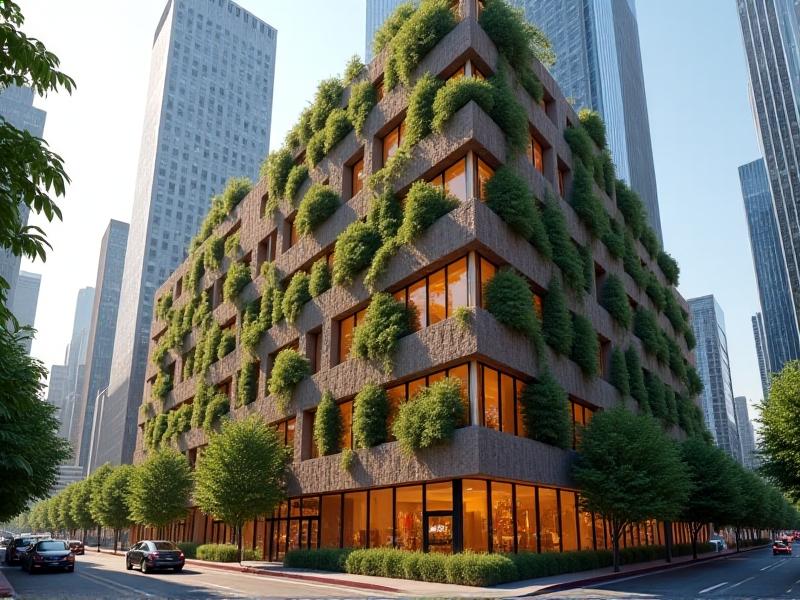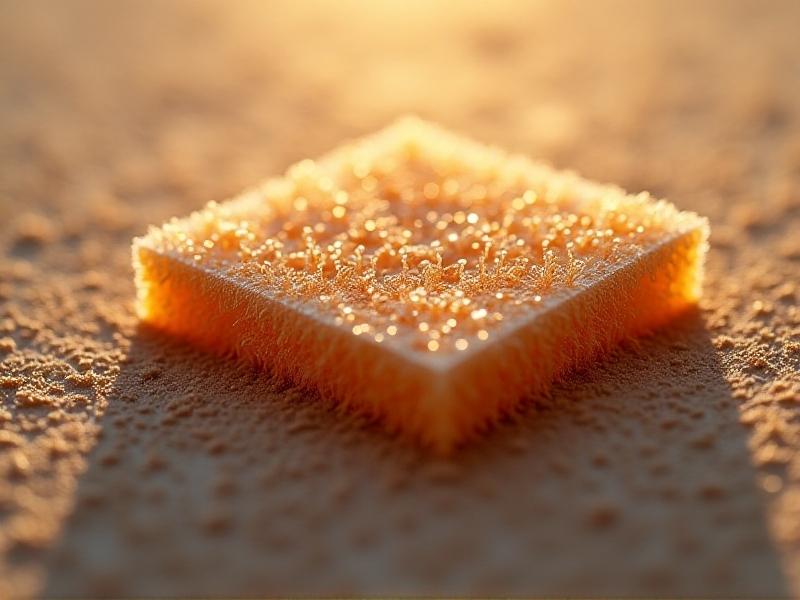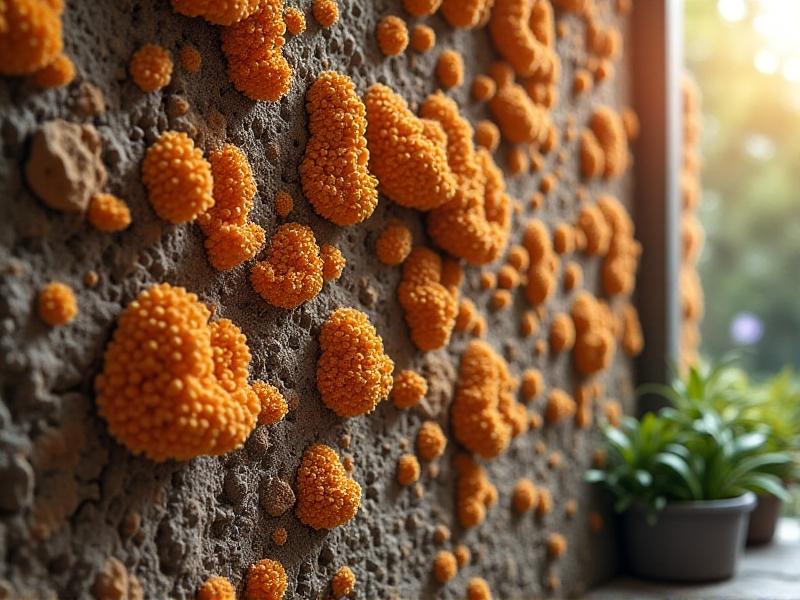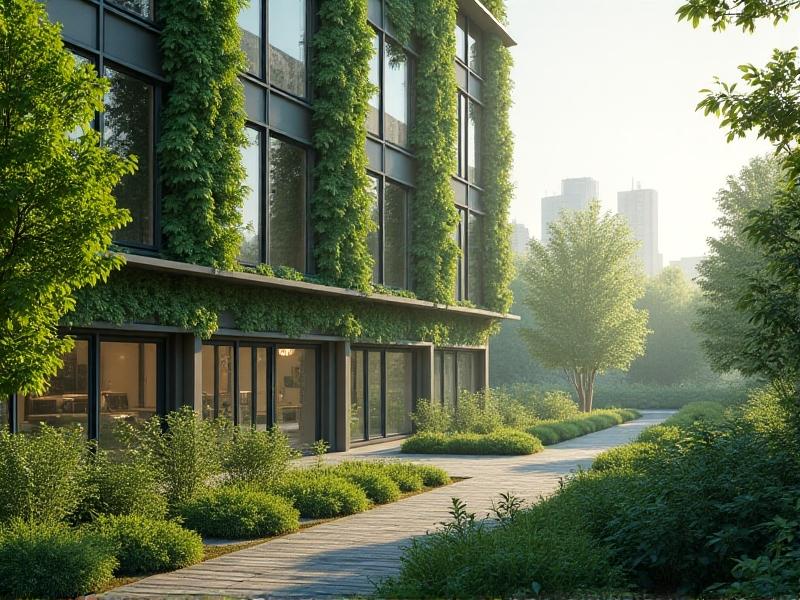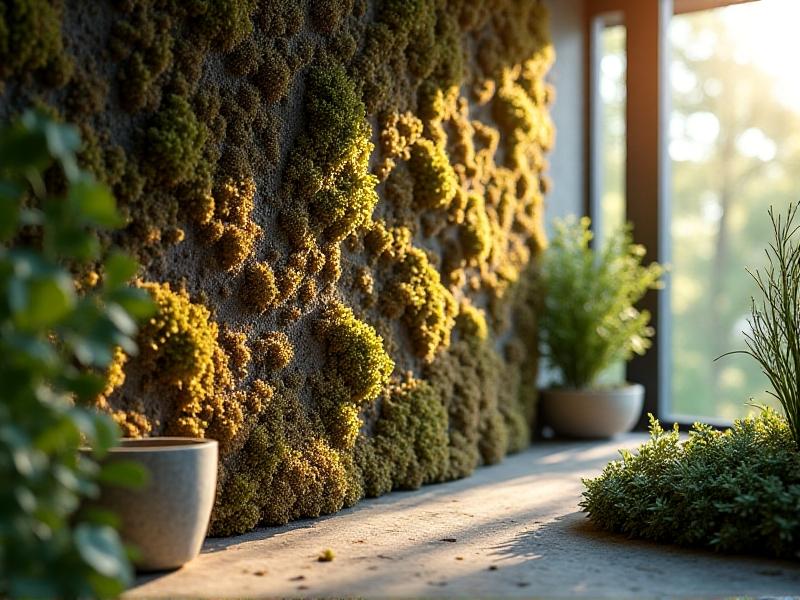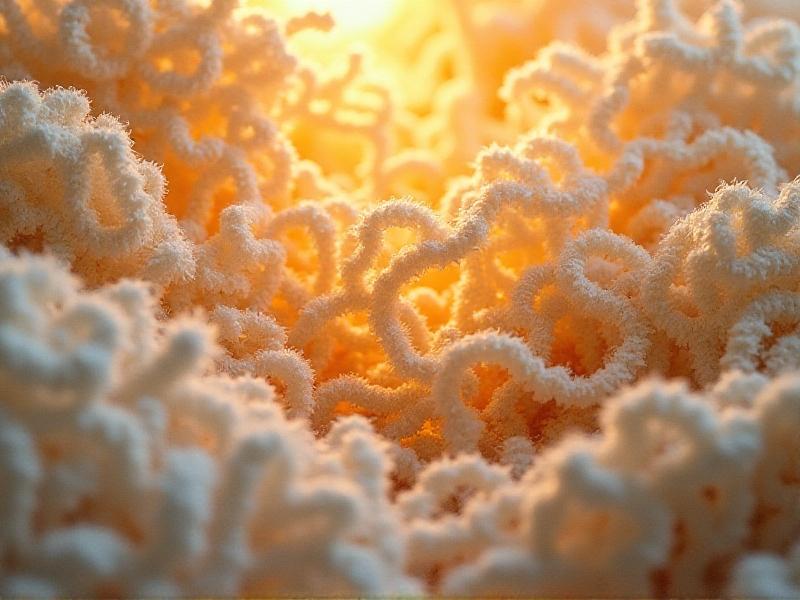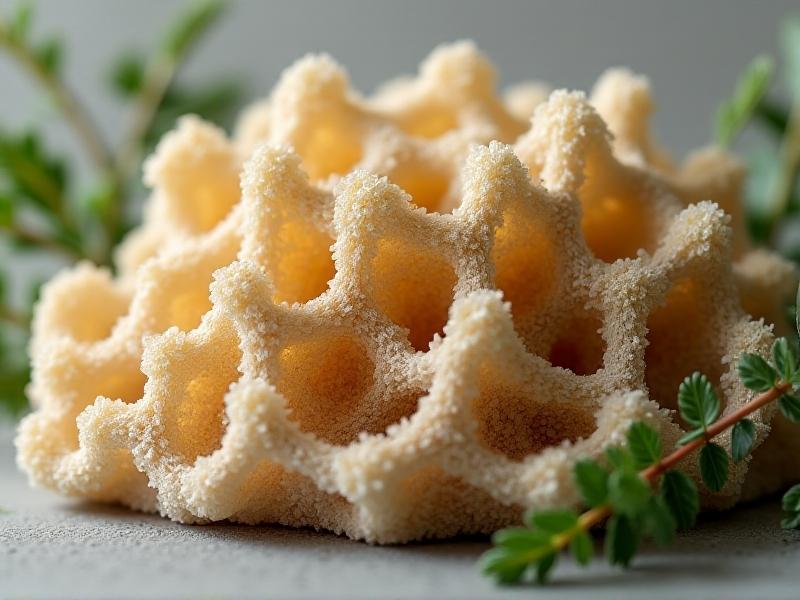Optimizing Growth Conditions for DIY Insulation Mycelium
Understanding Mycelium: The Basics of Fungal Insulation
Mycelium, the vegetative part of fungi, has emerged as a revolutionary material in the world of sustainable insulation. Its unique properties, such as being lightweight, biodegradable, and thermally efficient, make it an ideal candidate for DIY insulation projects. Mycelium grows by digesting organic substrates, forming a dense network of hyphae that can be molded into various shapes and sizes. This natural process not only reduces waste but also provides an eco-friendly alternative to traditional insulation materials like fiberglass or foam.
To harness the full potential of mycelium, it’s essential to understand its growth requirements. Mycelium thrives in specific environmental conditions, including controlled humidity, temperature, and substrate composition. By optimizing these factors, DIY enthusiasts can cultivate mycelium insulation that is both effective and sustainable. This section will delve into the science behind mycelium growth and its application in insulation, setting the stage for a deeper exploration of the optimization process.
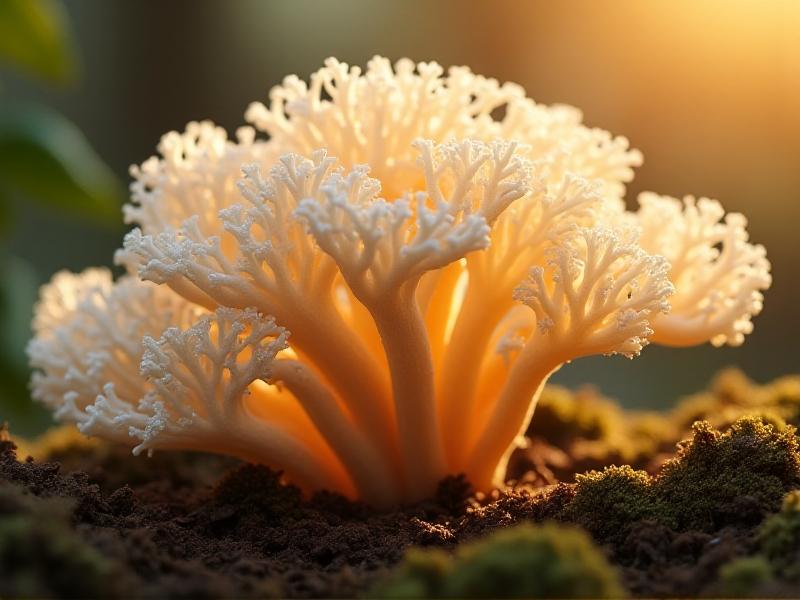
Choosing the Right Substrate for Mycelium Growth
The substrate is the foundation of mycelium growth, providing the necessary nutrients for the fungi to thrive. Common substrates include agricultural waste like straw, sawdust, and corn husks, which are not only cost-effective but also environmentally friendly. The choice of substrate significantly impacts the density, strength, and thermal properties of the final mycelium insulation.
When selecting a substrate, it’s crucial to consider factors such as nutrient content, moisture retention, and compatibility with the chosen fungal species. For instance, oyster mycelium (Pleurotus ostreatus) grows well on straw, while reishi mycelium (Ganoderma lucidum) prefers hardwood sawdust. Experimenting with different substrates and combinations can help DIYers achieve the desired insulation properties. This section will guide you through the process of selecting and preparing the ideal substrate for your mycelium insulation project.
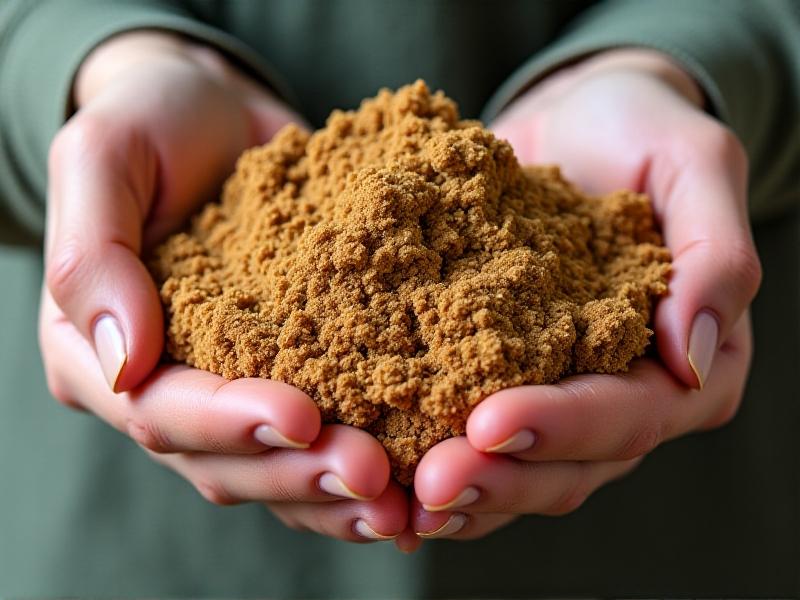
Controlling Humidity and Temperature for Optimal Growth
Humidity and temperature are critical factors in mycelium cultivation. Mycelium requires a humid environment to grow, typically between 70-90% relative humidity. Maintaining this level of humidity prevents the substrate from drying out, which can inhibit growth or lead to contamination. DIYers can achieve this by using humidity chambers or misting systems, depending on the scale of their project.
Temperature also plays a vital role in mycelium growth. Most species thrive in a range of 20-30°C (68-86°F), with variations depending on the specific strain. Consistent temperature control ensures uniform growth and reduces the risk of contamination. This section will explore practical methods for monitoring and adjusting humidity and temperature, providing tips for creating the ideal growth environment for your mycelium insulation.
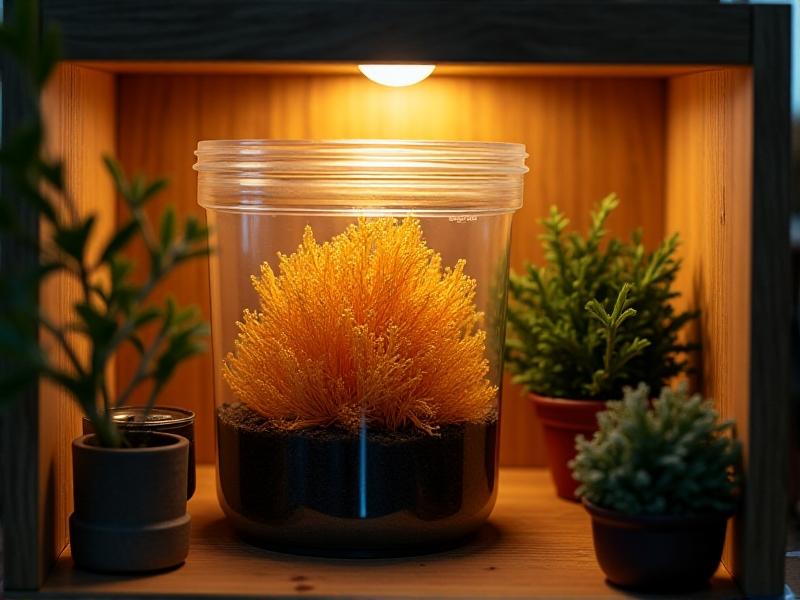
Preventing Contamination: Best Practices for Clean Cultivation
Contamination is one of the biggest challenges in mycelium cultivation. Bacteria, molds, and other fungi can compete with mycelium for nutrients, leading to failed batches and wasted effort. To prevent contamination, it’s essential to maintain a sterile environment throughout the cultivation process. This includes sterilizing substrates, tools, and workspaces before use.
Using high-quality spawn (the mycelium starter culture) and ensuring proper airflow can also reduce contamination risks. Additionally, monitoring the growth process regularly allows for early detection and removal of contaminated batches. This section will provide a step-by-step guide to minimizing contamination, helping DIYers achieve successful and consistent mycelium growth for their insulation projects.
Harvesting and Drying Mycelium Insulation
Once the mycelium has fully colonized the substrate, it’s time to harvest and dry the material. Harvesting involves carefully removing the mycelium block from its container and shaping it into the desired form for insulation. This step requires precision to avoid damaging the mycelium structure, which is crucial for its insulating properties.
Drying the mycelium is equally important, as it halts growth and stabilizes the material. Proper drying ensures that the insulation retains its shape and effectiveness over time. Techniques such as air drying or using a dehydrator can be employed, depending on the scale of the project. This section will walk you through the harvesting and drying process, offering tips for achieving the best results for your DIY mycelium insulation.
Testing and Improving Insulation Performance
After harvesting and drying, it’s essential to test the performance of your mycelium insulation. Key factors to evaluate include thermal resistance, density, and durability. Simple tests, such as measuring heat retention or conducting compression tests, can provide valuable insights into the material’s effectiveness.
Based on the test results, you can make adjustments to your cultivation process to improve insulation performance. For example, experimenting with different substrate compositions or growth conditions can enhance thermal efficiency or structural strength. This section will guide you through the testing process and offer strategies for optimizing your mycelium insulation to meet your specific needs.
Scaling Up: From DIY Projects to Larger Applications
While DIY mycelium insulation projects are a great way to start, the potential for scaling up is immense. Mycelium insulation can be used in larger applications, such as insulating homes, offices, or even industrial spaces. Scaling up requires careful planning, from sourcing materials in bulk to optimizing growth conditions for larger batches.
Collaborating with local farmers or waste management facilities can provide access to affordable substrates, while investing in automated systems can streamline the cultivation process. This section will explore the possibilities and challenges of scaling up mycelium insulation projects, offering insights for those looking to take their sustainable insulation efforts to the next level.
The Future of Mycelium Insulation: Innovations and Trends
The field of mycelium insulation is rapidly evolving, with new innovations and trends emerging regularly. Researchers and entrepreneurs are exploring ways to enhance the material’s properties, such as increasing fire resistance or improving acoustic performance. Additionally, advancements in biotechnology are opening up possibilities for genetically engineered mycelium with tailored characteristics.
As awareness of sustainability grows, mycelium insulation is poised to become a mainstream solution for eco-friendly construction. This section will highlight the latest developments in the field and discuss the potential impact of mycelium insulation on the future of sustainable building practices.
